True North |
|||||||||||||
 |
 |
||||||||||||
Knitted long jacket in DROPS Sky and DROPS Brushed Alpaca Silk. Knitted with moss stitch, cables and pockets. Size: S - XXXL
DROPS 206-25 |
|||||||||||||
|
---------------------------------------------------------- EXPLANATION FOR THE PATTERN: ---------------------------------------------------------- GARTER STITCH (back and forth): Knit all rows. 1 ridge vertically = knit 2 rows. PATTERN: See diagrams A.1 to A.4. Diagrams show all rows in pattern seen from the right side! Work jacket in double moss stitch with cable mid back and a cable edge in each side along mid front. Work cable edges mid front over the outermost 12 stitches. To make the cable edge full and rolling do not work any edge stitches at the edge (i.e. work outermost stitch in A.3 and A.4 as a normal stitch from both right side and wrong side). INCREASE/DECREASE TIP (evenly): To calculate how to increase/decrease evenly, use the total number of stitches on row (e.g. 83 stitches), minus edge stitches (e.g. 6 stitches) and divide the remaining stitches by number of increases/decreases to be done (e.g. 5) = 15.4. In this example increase by making 1 yarn over after alternately approx. every 15th and 16th stitch. Do not increase over the 3 edge stiches in each side. On next row work yarn overs twisted to avoid holes. If decreasing knit alternately approx. every 14th and 15th stitch and every 15th and 16th stitch together. DECREASE TIP (applies to sleeves in size L, XL, XXL and XXXL): Decrease 1 stitch after 1 edge stitch in garter stitch as follows: Knit 2 together. Decrease 1 stitch before 1 edge stitch in garter stitch as follows: Work until 3 stitches remain on needle, slip 1 stitch knitwise, knit 1, pass slipped stitch over. ---------------------------------------------------------- START THE PIECE HERE: ---------------------------------------------------------- JACKET - SHORT OVERVIEW OF THE PIECE: Work piece in parts back and forth on circular needle. Work front and back piece bottom up. Sleeve is worked top down. Work pockets separately and sew on when finished. BACK PIECE: Cast on 83-87-95-99-107-115 stitches on circular needle size 5 mm with 1 strand Sky + 1 strand Brushed Alpaca Silk (= 2 strands). Purl 1 row (= wrong side). Work next row as follows from right side: 3 edge stitches in GARTER STITCH - read explanation above - * knit 1, purl 1 *, work from *-* until 4 stitches remain, knit 1 and finish with 3 edge stitches on needle in garter stitch. Continue rib like this until 5 rows rib have been worked in total. Purl 1 row from wrong side (work 3 edge stitches in each side in garter stitch) - AT THE SAME TIME increase 5 stitches evenly on this row - read INCREASE/DECREASE TIP = 88-92-100-104-112-120 stitches. Switch to circular needle size 6 mm. Now work pattern from right side as follows: 3 stitches in garter stitch, work A.1 over the next 30-32-36-38-42-46 stitches (= 15-16-18-19-21-23 repetitions of 2 stitches), work A.2 (= 22 stitches), work A.1 over the next 30-32-36-38-42-46 stitches and finish with 3 stitches in garter stitch. Continue pattern like this. REMEMBER THE KNITTING TENSION! When piece measures 57-58-59-60-61-62 cm, insert 1 marker in each side. Markers indicate armholes. When piece measures 70-72-74-76-78-80 cm, decrease 6 stitches evenly - remember INCREASE/DECREASE TIP) over the middle 12 stitches = 82-86-94-98-106-114 stitches. On next row cast off the middle 12 stitches in all sizes for neck and finish each shoulder separately. Continue pattern and cast off 1 stitch on next row from the neck = 34-36-40-42-46-50 stitches remain on shoulder. Continue A.1 with 1 stitch in garter stitch towards the neck and 3 edge stitches in garter stitch towards the side until piece measures 72-74-76-78-80-82 cm. Knit 1 row from wrong side over all stitches. Loosely cast off by knitting from right side. Back piece measures approx. 73-75-77-79-81-83 cm from shoulder and down. Work the other shoulder the same way. RIGHT FRONT PIECE (when garment is worn): Cast on 47-49-53-55-59-63 stitches on circular needle size 5 mm with 1 strand Sky + 1 strand Brushed Alpaca Silk (= 2 strands). Purl 1 row (= wrong side). Work next row as follows from the right side (i.e. from mid front): * Knit 1, purl 1 *, work from *-* until 3 stitches remain on row and finish with 3 edge stitches in garter stitch towards the side (it is correct that first stitch towards mid front is worked in stocking stitch and not in garter stitch – read PATTERN). Continue rib like this until 5 rows rib have been worked in total. Purl 1 row from wrong side (work 3 edge stitches towards the side in garter stitch) - AT THE SAME TIME increase 3 stitches evenly on this row = 50-52-56-58-62-66 stitches. Switch to circular needle size 6 mm. Now work pattern from right side as follows (= from mid front): Work A.3 (= 17 stitches) – read explanation in PATTERN, work A.1 over the next 30-32-36-38-42-46 stitches, finish with 3 edge stitches in garter stitch towards the side. Continue pattern like this. When piece measures 57-58-59-60-61-62 cm, insert 1 marker in the side. Marker indicates armhole. When piece measures 72-74-76-78-80-82 cm, knit 1 row from wrong side over the first 34-36-40-42-46-50 stitches from the side, then continue pattern as before over the remaining 16 stitches. On next row (right side) work the first 16 stitches as before (= collar), cast off the remaining 34-36-40-42-46-50 stitches by knitting. Cut the yarn. RIGHT COLLAR: = 16 stitches. Continue pattern A.3 over the first 15 stitches as before (from right side) and work 1 edge stitch in garter stitch towards the shoulder, at the same time work short rows. I.e. work from right side and work * 2 rows back and forth over all stitches, 2 rows back and forth over the outermost 12 stitches *, work from *-* until collar measures 6-6-6-7-7-7 cm inside at the most narrow. Knit 1 row from wrong side, knit 1 row from right side and loosely cast off by knitting from wrong side. LEFT FRONT PIECE (when garment is worn): Cast on 47-49-53-55-59-63 stitches on circular needle size 5 mm with 1 strand Sky + 1 strand Brushed Alpaca Silk (= 2 strands). Purl 1 row (= wrong side). Work next row as follows from the right side (= from the side): 3 edge stitches in garter stitch, * purl 1, knit 1 *, work from *-* the rest of row. Continue rib like this until 5 rows rib have been worked in total. Purl 1 row from wrong side (work 3 edge stitches towards the side in garter stitch) - AT THE SAME TIME increase 3 stitches evenly on this row = 50-52-56-58-62-66 stitches. Switch to circular needle size 6 mm. Now work pattern from right side as follows (= from the side): Work 3 edge stitches in garter stitch, work A.1 over the next 30-32-36-38-42-46 stitches, and finish with A.4 towards mid front (= 17 stitches). When piece measures 57-58-59-60-61-62 cm, insert 1 marker in the side. Marker indicates armhole. When piece measures 72-74-76-78-80-82 cm, work next row as follows from wrong side: Continue pattern as before over the first 16 stitches, knit from wrong side over the remaining 34-36-40-42-46-50 stitches. On next row (right side), cast off the first 34-36-40-42-46-50 stitches for shoulder = 16 stitches remain on needle for collar. Continue pattern rest of row as before. LEFT COLLAR: = 16 stitches. Work 1 edge stitch in garter stitch (= towards the shoulder), work the last 15 stitches in A.4 as before (from wrong side), at the same time work short rows. I.e. work from wrong side and work * 2 rows back and forth over all stitches, 2 rows back and forth over the outermost 12 stitches *, work from *-* until collar measures 6-6-6-7-7-7 cm inside at the most narrow. Knit 1 row from wrong side, knit 1 row from right side and loosely cast off by knitting from wrong side. SLEEVE: Sleeves are worked back and forth on circular needle, top down. Cast on 46-50-52-54-58-60 stitches (including 1 edge stitch in each side towards mid front) on circular needle size 6 mm with 1 strand Sky + 1 strand Brushed Alpaca Silk (= 2 strands). Purl 1 row (= wrong side). Then work in the different sizes as follows: Size S, M: Work A.1 with 1 edge stitch in garter stitch in each side. When sleeve measures 41-40 cm in total, continue as explained below. Size L, XL, XXL and XXXL: Work A.1 with 1 edge stitch in garter stitch in each side. When sleeve measures 4 cm, decrease 1 stitch in each side - read DECREASE TIP = 50-52-56-58 stitches. Decrease in size L is now done. In size XL, XXL and XXXL repeat decrease every 4 cm 1-2-2 more times = 50-50-52-54 stitches. When sleeve measures 39-38-36-34 cm in total, continue as explained below. All sizes: Knit 1 row from right side. Switch to circular needle size 5 mm. Work rib (= knit 1/purl 1) with 1 edge stitches in garter stitch in each side. When 5 rows in rib have been worked in total, loosely cast off by knitting from right side. Sleeve measures approx. 44-43-42-41-39-37 cm. Work the other sleeve the same way. ASSEMBLY: Sew shoulder seams inside cast-off edge (2 purled rows should be by each other on top of shoulder). Sew collar together mid back – sew edge to edge to get a flat seam. Sew collar to neckline in the back of neck. Sew side seam on front and back piece from markers and down, sew in outer loops of edge stitches in garter stitch so that the seam is flat. Leave approx. 15 cm for vent in each side. Sew sleeves in body inside 1 edge stitch in garter stitch on body and inside cast-on edge on sleeves. Sew the openings under the sleeves. POCKETS: Work 2 pockets as explained below. Cast on 29 stitches (including 1 edge stitch in each side) on circular needle size 6 mm with 1 strand of each quality (= 2 strands). Purl 1 row (= wrong side). Then work A.1 with 1 edge stitch in garter stitch in each side. When pocket measures 19 cm, knit 1 row from right side over all stitches. Switch to circular needle size 5 mm and work next row from wrong side as follows: 1 edge stitch in garter stitch, * purl 1, knit 1 *, repeat from *-* until 2 stitches remain on needle, purl 1 and finish with 1 edge stitch in garter stitch. Continue rib like this until 5 rows rib have been worked in total. Loosely cast off by knitting from right side. Place 1 pocket on each front piece approx. 6 cm from cast-on edge and 3 cm from the seam edge. Sew pockets on front pieces inside 1 edge stitch in garter stitch on pocket. |
|||||||||||||
Diagram explanations |
|||||||||||||
|
|||||||||||||
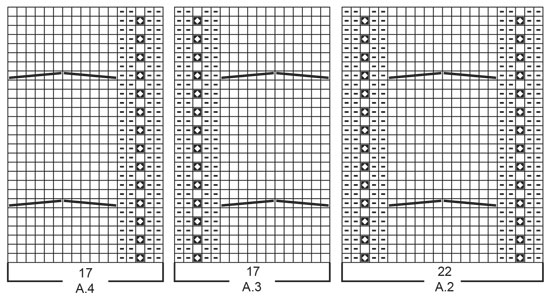
|
|||||||||||||
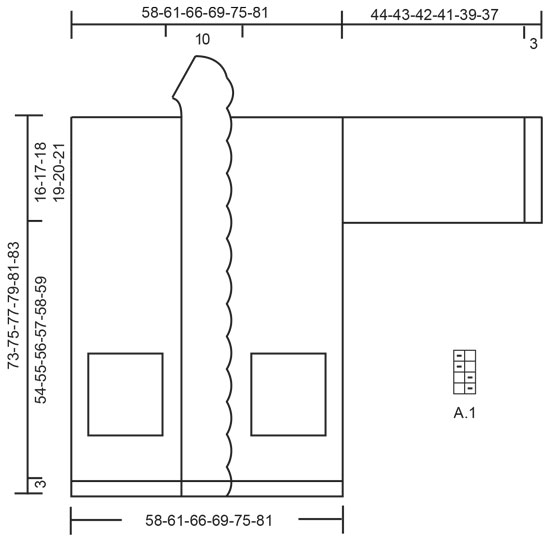
|
|||||||||||||
|
Have you made this or any other of our designs? Tag your pictures in social media with #dropsdesign so we can see them! Do you need help with this pattern?You'll find tutorial videos, a Comments/Questions area and more by visiting the pattern on garnstudio.com. © 1982-2024 DROPS Design A/S. We reserve all rights. This document, including all its sub-sections, has copyrights. Read more about what you can do with our patterns at the bottom of each pattern on our site. |
|||||||||||||

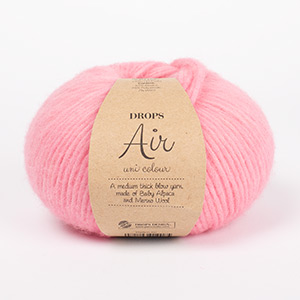







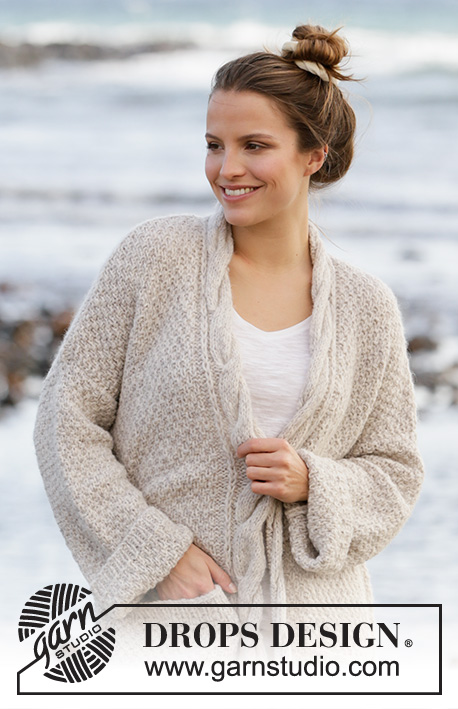







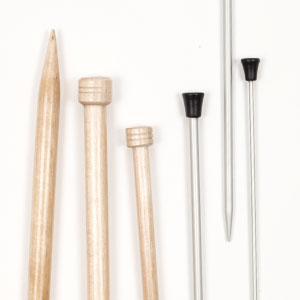
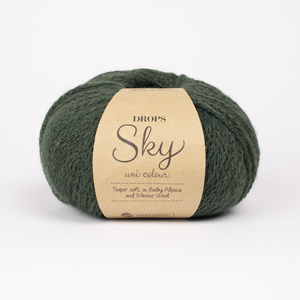
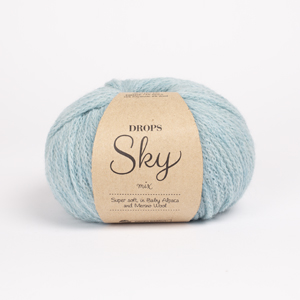
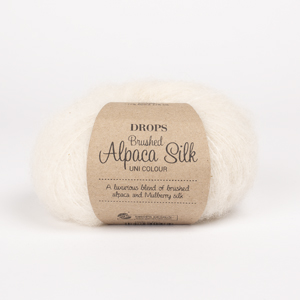





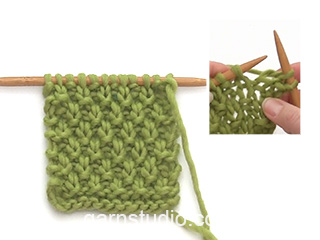
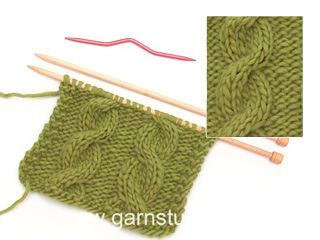

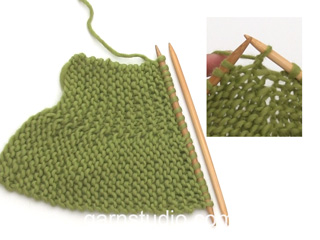
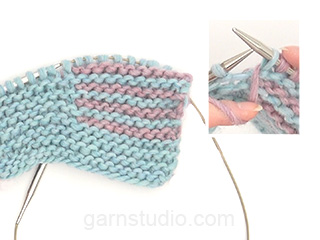
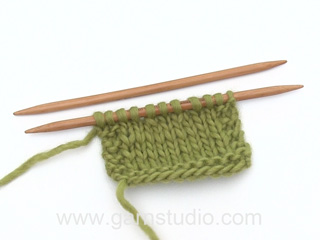
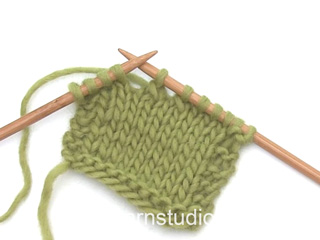
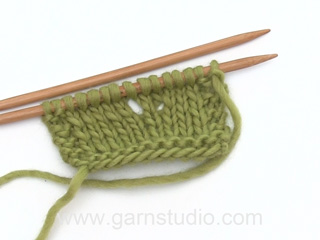


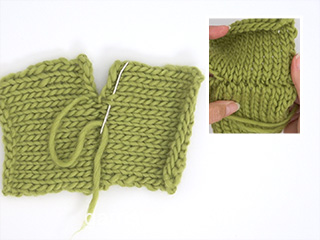
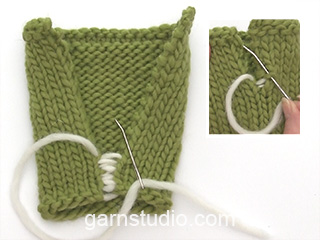
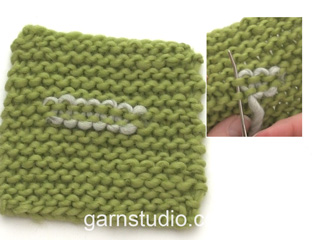
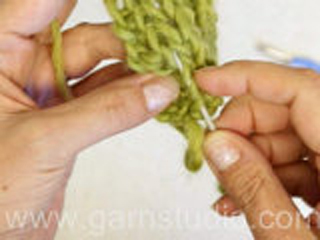
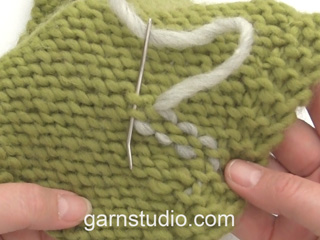

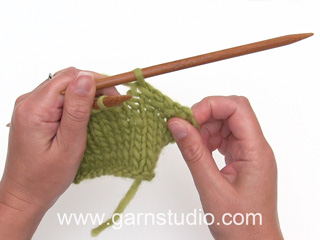
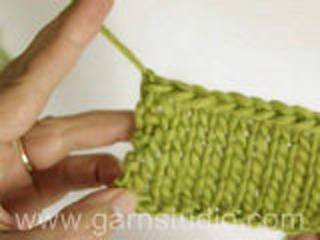
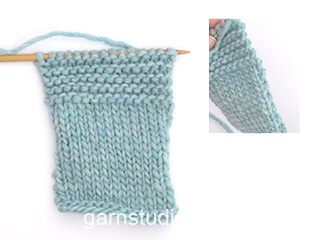
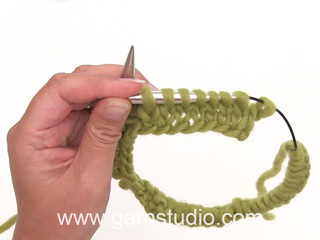

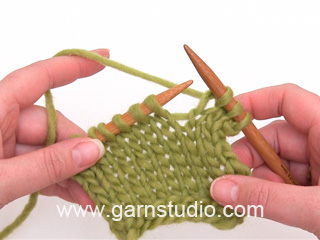
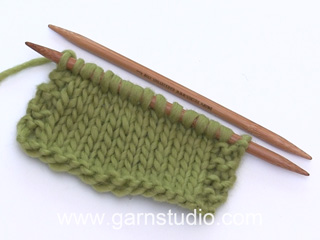
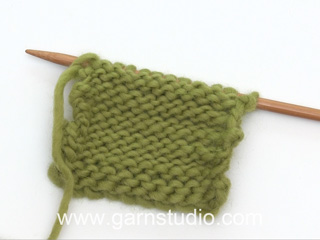
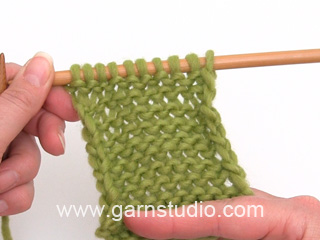
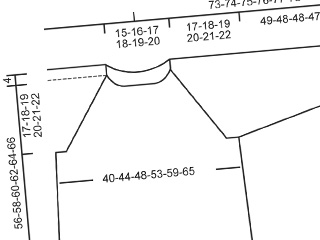
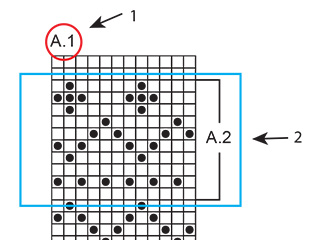
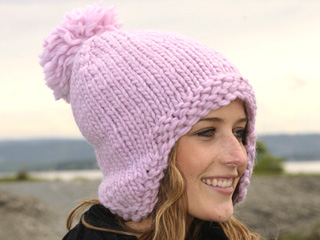
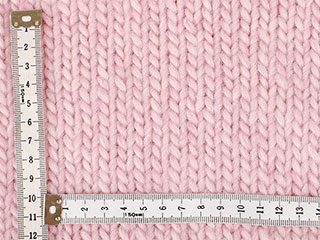
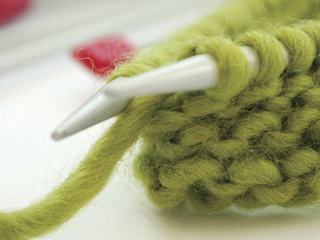
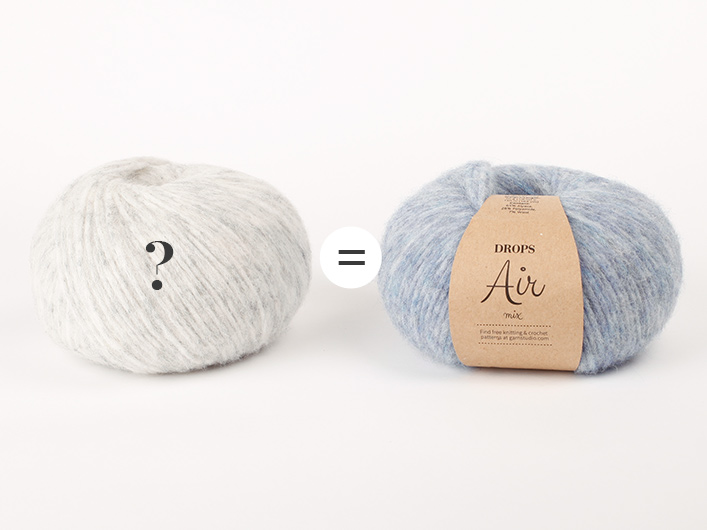

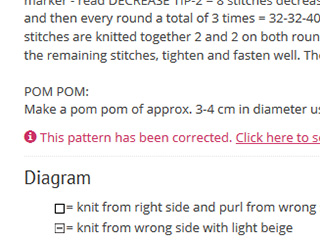
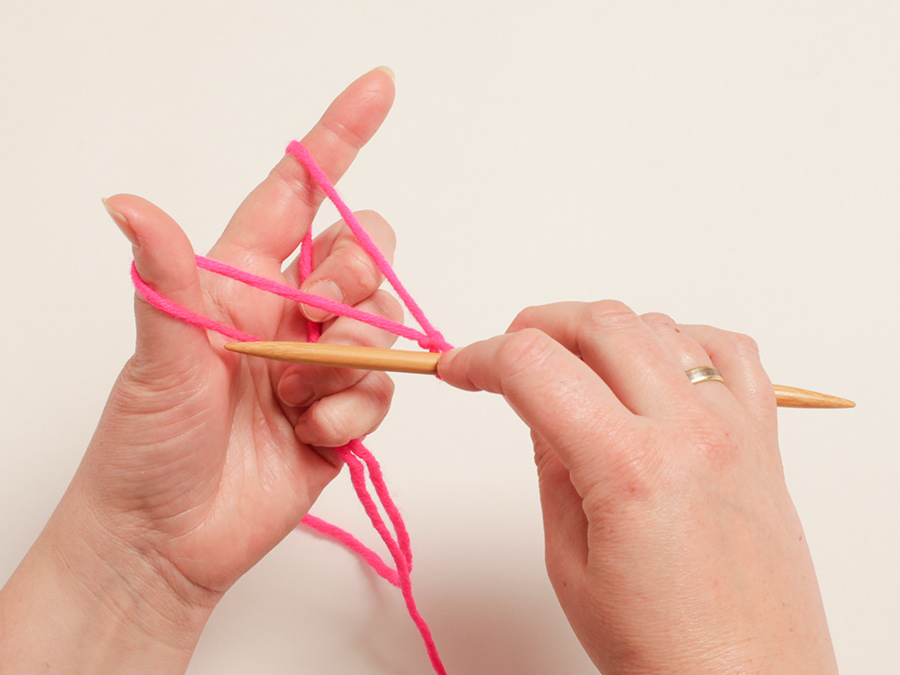
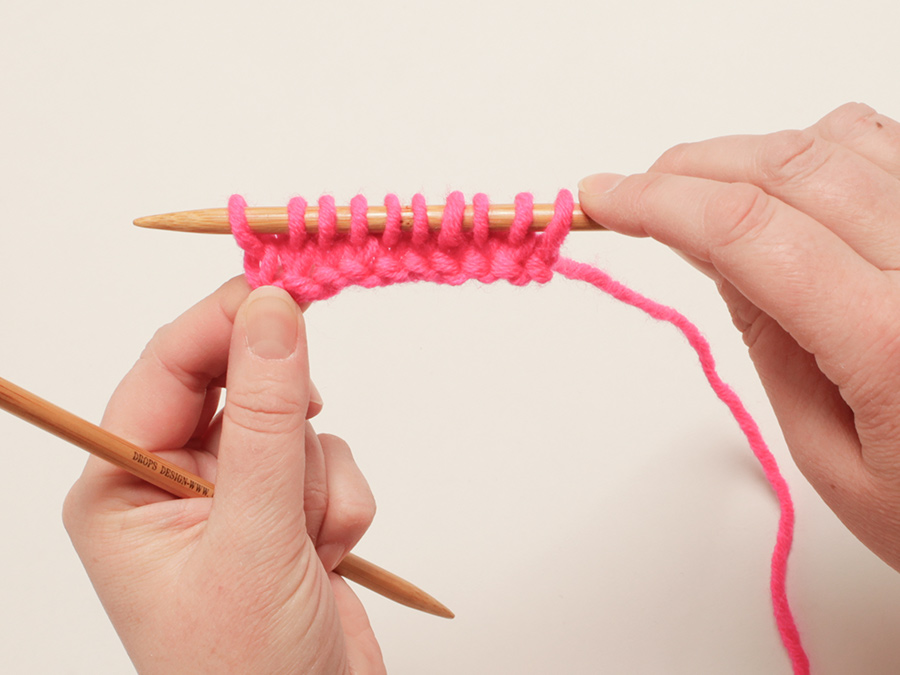

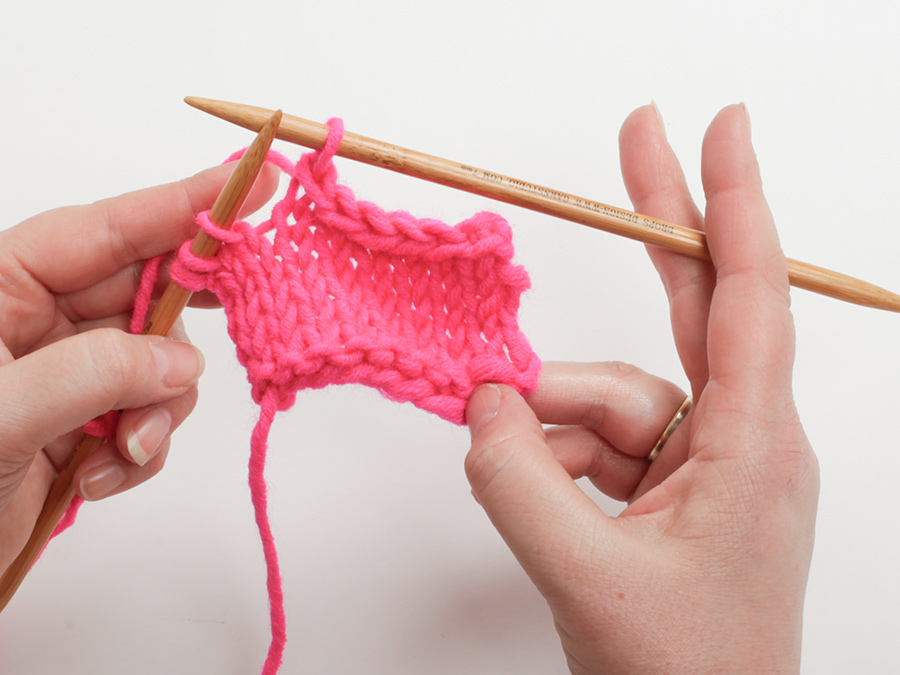

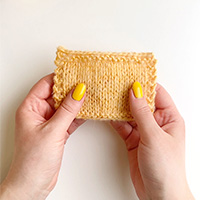
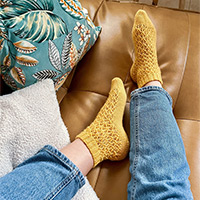
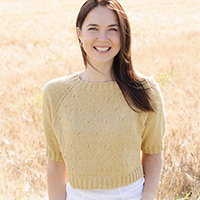
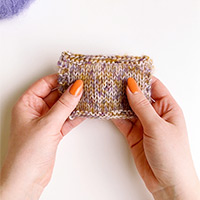
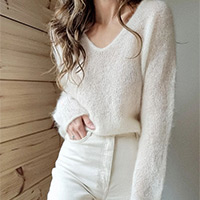

Comments / Questions (79)
Hallo, ich finde die Jacke sehr schön und trage sie eigentlich gerne. Leider ist sie aber schon nach ein paar mal tragen vorne an den Ecken viel länger als hinten (mindestens 10 cm Unterschied). Ich habe schon versucht die Jacke feucht in Form zu ziehen, das hat leider nicht geholfen. Haben Sie Tipps für mich, was ich noch tun kann, damit die Jacke wieder ihre ursprüngliche Form erhält?
13.02.2024 - 12:26DROPS Design answered:
Liebe Esther, solche Rückmeldung hatten wir noch nicht, am besten zeigen Sie die Jacke Ihr DROPS Laden - auch ein Foto per E-Mail, so kann man dort sicher weiterhelfen. Danke für Ihr Verständnis.
14.02.2024 - 13:15Bonjour, Où se trouve le motif A1 car je ne le vois pas sur les explications. Pouvez-vous me l'expliquer ? Merci
03.07.2023 - 15:21DROPS Design answered:
Bonjour Mme Cluts, le diagramme A.1 se trouve à droite du schéma des mesures, sous la manche, il se tricote sur 2 mailles et 4 rangs. Bon tricot!
03.07.2023 - 15:59Dear Ladies and Sirs, I would like to knit above cardigan, Would you be so kind an email this instruction to me ? in german ? thanks a lot - kind regards Susanne
03.10.2022 - 17:28DROPS Design answered:
Dear Susanne, all our patterns ar available in German - click on the scroll down menu to edit the language so that you can print it - using a virtual printer will allow you to save it as a .PDF. Happy knitting!
04.10.2022 - 07:41De 6 masker der skal tages ind, når ryggen måler 80 cm, skal de kun være over de 12 masker i midten, så man strikker 2 m sammen 6 gange (over snoningen), eller skal de fordeles over hele pinden? Den bliver så flot.
22.09.2022 - 14:07DROPS Design answered:
Hej Pia. Ja, de skal kun være over de 12 masker i midten. Mvh DROPS Design
23.09.2022 - 10:45Hallo, kann ich diese Anleitung auch nur einfädig stricken? Z.B. Drops Wish? Vielen Dank.
05.06.2022 - 20:10DROPS Design answered:
Liebe Lea, die Maschenprobe würde lieber für Melody sein, mit Wish wird der Textur etwas dichter. Gerne wird Ihnen Ihr DROPS Laden das beste passende Garn empfehlen - auch telefonisch oder per E-Mail. Viel Spaß beim stricken!
07.06.2022 - 08:41Klopt het dat ik voor vest 206-15 9 sky mix en 6 bollen drops Air naturel nodig heb . Kijkt mij net anders om.
11.05.2022 - 12:40DROPS Design answered:
Dag Riet,
Ja, dat klopt (voor maat XL).
14.05.2022 - 10:03Dziękuję!
25.04.2022 - 17:33Dzień dobry! Mam pytanie dot. rękawa: w opisie (rozm. L) jest napisane, żeby nabrać 52 o. Gdy dł. rękawa wyniesie 4 cm, należy ZAMKNĄĆ oczka. I tu podana jest liczba 56 o. Pytanie: jak po zamknięciu oczek jest ich więcej niż przy nabieraniu? Czego nie zrozumiałam?;) dziękuję!
25.04.2022 - 13:40DROPS Design answered:
Witaj Kasiu, w części 'Rozmiary L, XL, XXL i XXXL' do rozmiaru L odnosi się 1-sza, a nie 3-cia wartość, czyli po zamknięciu 1 o. z każdej strony zostaje 50 oczek. Pozdrawiamy!
25.04.2022 - 16:12Is it necessary to block this when finished? I need see any blocking instruction on the pattern. I'm almost done , I can't believe it!
08.03.2022 - 22:50DROPS Design answered:
Dear Mrs Fedel, glad to read that you are almost done! Some knitters block some other don't, so that you can block if you like it (follow instructions on the label). Your DROPS store might have more tips for you. Happy knitting!
09.03.2022 - 17:52Wow , I have to rip this whole back out don't I. So frustrated.
24.02.2022 - 14:08